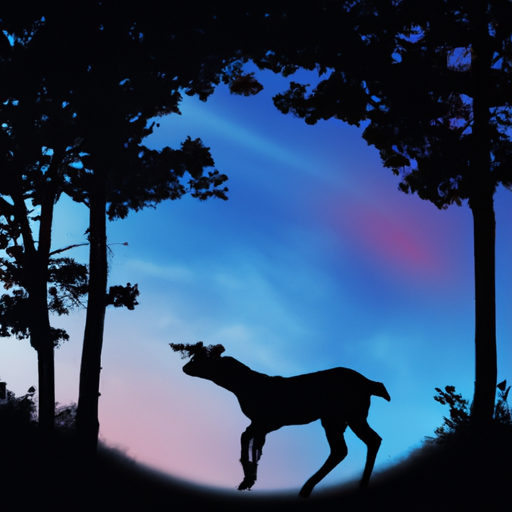 Introduction:
Introduction:
The incredible diversity of animal life on Earth is a testament to the wonders of evolution. From the microscopic organisms that inhabit every corner of the planet to the majestic creatures that roam its surface, understanding the origins of animal life is an ongoing quest that stretches back billions of years. In this article, we embark on a journey through time to explore the origins of animals and the fascinating processes that have shaped their evolutionary history.
1. The Early Beginnings:
The story of animal evolution begins around 600 million years ago during the Ediacaran Period. Fossils from this period reveal enigmatic, soft-bodied organisms that provide some of the earliest evidence of animal life. These fossils, such as the iconic Ediacaran biota from Australia, offer glimpses into the complex tapestry of early animal evolution.
2. The Emergence of Multicellularity:
One of the key milestones in the history of animal life is the emergence of multicellularity. Around 600-700 million years ago, single-celled organisms began to form aggregations, leading to the development of more complex, multicellular structures. This innovation paved the way for the diversification and complexity seen in later animal lineages.
3. The Cambrian Explosion:
The Cambrian Explosion, occurring approximately 541 million years ago, marks a pivotal period in animal evolution. During this time, an extraordinary burst of diversification and morphological complexity took place, giving rise to a wide array of body plans and ecological niches. Iconic creatures like trilobites and anomalocaridids dominated ancient seas, providing a glimpse into the early stages of animal evolution.
4. The Tree of Life:
The evolutionary relationships among animals are represented by the Tree of Life, a branching diagram depicting the patterns of common ancestry. Modern genetic techniques, such as DNA sequencing, have revolutionized our understanding of animal relationships and have allowed for the reconstruction of this intricate tree. The Tree of Life reveals that all animals share a common ancestor, giving rise to the vast array of species seen today.
5. The Role of Natural Selection:
Charles Darwin’s theory of natural selection is central to understanding the process of animal evolution. Natural selection acts on genetic variation within populations, favoring traits that enhance survival and reproductive success. Over time, this process leads to the accumulation of beneficial traits, driving the diversification and adaptation of animal lineages.
6. Animal Classification:
The classification of animals is based on their shared characteristics and evolutionary relationships. Animals are grouped into hierarchical categories, ranging from broad categories like phylum and class to more specific ones like genus and species. This system allows scientists to organize and categorize the tremendous diversity of animal life on Earth.
7. Major Animal Lineages:
Animals are divided into several major lineages, each characterized by distinct anatomical and genetic features. These lineages include Porifera (sponges), Cnidaria (jellyfish, corals), Platyhelminthes (flatworms), Nematoda (roundworms), Arthropoda (insects, crustaceans), Mollusca (snails, squids), Chordata (vertebrates), and many more. Each lineage has its unique evolutionary history and adaptations to specific environments.
8. Evolutionary Innovations:
Throughout animal evolution, numerous key innovations have shaped the trajectory of life on Earth. From the development of body symmetry and segmentation to the emergence of specialized organs and complex nervous systems, these innovations have allowed animals to exploit diverse ecological niches and thrive in various habitats.
9. Extinction and Mass Extinction Events:
Extinction is a natural part of the evolutionary process, and throughout history, several mass extinction events have had a significant impact on animal life. The most notorious of these events is the Cretaceous-Paleogene extinction event, which wiped out the non-avian dinosaurs and paved the way for the rise of mammals. These events have shaped the course of animal evolution, creating opportunities for new lineages to emerge.
10. The Future of Animal Evolution:
Animal evolution is an ongoing process, and the future holds countless possibilities. Human activities, such as habitat destruction and climate change, pose significant challenges to animal populations worldwide. Understanding the origins of animal life allows us to appreciate the interconnectedness of all living organisms and the importance of preserving biodiversity for future generations.
Conclusion:
The origins of animal life are a remarkable story of adaptation, diversification, and survival. From the humble beginnings of single-celled organisms to the complex ecosystems we observe today, the evolutionary history of animals is a testament to the power of natural selection and the wonders of life on Earth. By unraveling the mysteries of our past, we gain a deeper appreciation for the intricate tapestry of life that surrounds us and a responsibility to protect and preserve this unparalleled diversity for generations to come.
